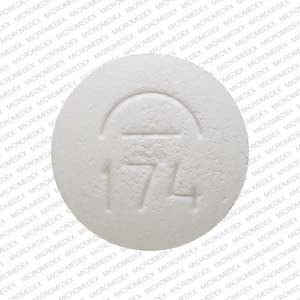Magnesium oxide
Generic name: magnesium oxide [ mag-NEE-zee-um-OX-ide ]
Brand names: Phillips' Cramp-free, Uro-Mag, MagGel, Mag-200, Mag-Ox 400, UroMag
Dosage forms: oral capsule (140 mg; 400 mg; 500 mg), oral tablet (250 mg; 400 mg; 420 mg; 500 mg; base 500 mg)
Drug class: Minerals and electrolytes
What is magnesium oxide?
Magnesium oxide is used as a supplement to maintain adequate magnesium in the body.
Magnesium oxide is also used to treat indigestion, upset stomach, or as a laxative to relieve occasional constipation.
Magnesium oxide may also be used for purposes not listed in this medication guide.
Magnesium oxide side effects
Get emergency medical help if you have signs of an allergic reaction: hives, difficult breathing, swelling of your face, lips, tongue, or throat.
Stop using magnesium oxide and call your doctor at once if you:
-
have rectal bleeding; or
-
do not have a bowel movement after using magnesium oxide as a laxative.
Common side effects of magnesium oxide may include:
This is not a complete list of side effects and others may occur. Call your doctor for medical advice about side effects. You may report side effects to FDA at 1-800-FDA-1088.
Related/similar drugs
Warnings
Follow all directions on the label and package. Use exactly as directed.
Before taking this medicine
You should not take magnesium oxide if you are allergic to it.
Ask a doctor or pharmacist if magnesium oxide is safe to use if you have or have ever had:
-
stomach pain, nausea, vomiting;
-
a sudden change in bowel habits that has lasted longer than 2 weeks;
-
if you are on a low-magnesium diet; or
-
kidney disease.
Ask a doctor before using this medicine if you are pregnant or breastfeeding.
Do not give this medicine to a child without medical advice.
How should I take magnesium oxide?
Use exactly as directed on the label, or as prescribed by your doctor.
Take this medicine with a full glass of water.
When using this medicine as a laxative, it may be best to take your dose at bedtime.
Magnesium oxide may be taken with food if it upsets your stomach.
Stop using magnesium oxide and call your doctor if your symptoms do not improve after 7 days of treatment, or if they get worse.
Store at cool room temperature away from moisture and heat.
What happens if I miss a dose?
Magnesium oxide is used when needed. If you are on a dosing schedule, take the missed dose as soon as you remember. Skip the missed dose if it is almost time for your next dose. Do not use two doses at one time.
What happens if I overdose?
Seek emergency medical attention or call the Poison Help line at 1-800-222-1222.
Overdose symptoms may include nausea, vomiting, weakness, breathing problems, slow reflexes, extreme drowsiness, loss of consciousness, and feeling dizzy or light-headed.
What should I avoid while taking magnesium oxide?
Avoid taking other medications at the same time you use an antacid. Some antacids can make it harder for your body to absorb other medicines you take by mouth.
What other drugs will affect magnesium oxide?
Ask a doctor or pharmacist before using magnesium oxide with any other medicines, especially:
-
an antibiotic; or
-
a diuretic or "water pill".
This list is not complete. Other drugs may affect magnesium oxide, including prescription and over-the-counter medicines, vitamins, and herbal products. Not all possible drug interactions are listed here.
More about magnesium oxide
- Check interactions
- Compare alternatives
- Pricing & coupons
- Reviews (21)
- Drug images
- Side effects
- Dosage information
- During pregnancy
- Drug class: minerals and electrolytes
- Breastfeeding
- En español
Patient resources
Other brands
Mag-Oxide, Mag-200, MagGel, Phillips' Cramp-free, Uro-Mag
Related treatment guides
Further information
Remember, keep this and all other medicines out of the reach of children, never share your medicines with others, and use this medication only for the indication prescribed.
Always consult your healthcare provider to ensure the information displayed on this page applies to your personal circumstances.
Copyright 1996-2025 Cerner Multum, Inc. Version: 7.02.

